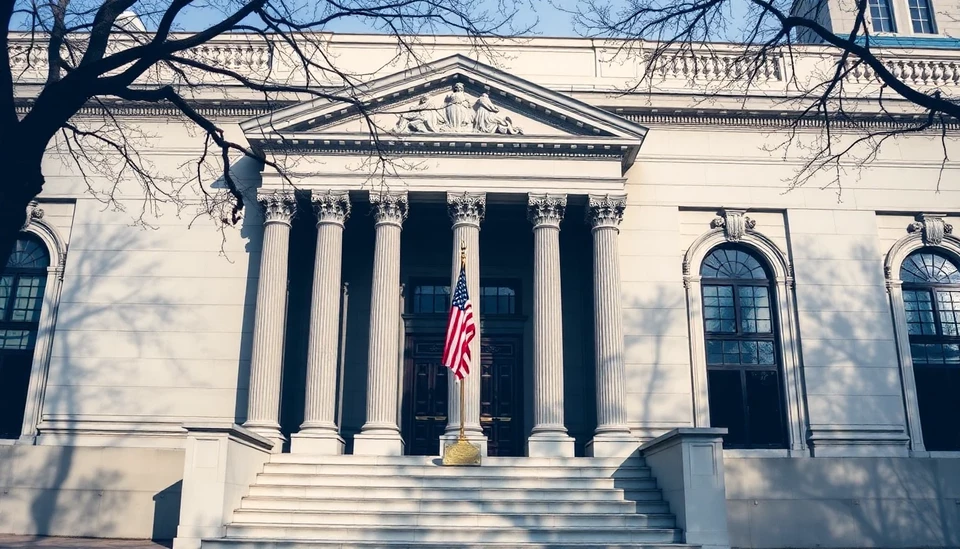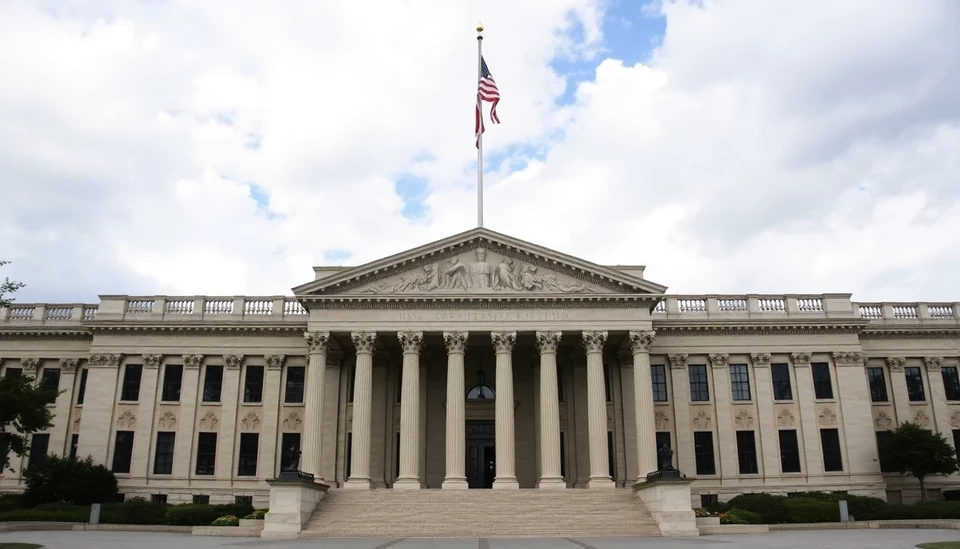
The United States is poised to make its largest payment for 10-year debt obligations since 2007, as the yield on these long-term Treasury securities continues to ascend, signalling higher borrowing costs for the federal government. This development comes as investors brace for potentially further rate hikes from the Federal Reserve, sending ripples through the bond market.
Recent market trends indicate a noticeable uptick in yields on 10-year Treasury notes, which are now hovering close to levels not seen in over a decade. These increases are a result of various economic factors, including persistent inflation, strong employment figures, and the possibility of the Federal Reserve maintaining an aggressive stance on interest rates to stabilize price levels.
With the current economic climate, the yield on these 10-year securities has crossed the threshold of 4%, a benchmark that has historically influenced both mortgage rates and other lending costs in the economy. Financial analysts note that such high yields can deter borrowing and influence investment decisions nationwide, leading to broader economic implications.
This scenario also reflects a significant shift from previous years when yields were at historic lows, as central banks worldwide sought to stimulate growth in the wake of the pandemic. The subsequent increase in yields suggests that investors are now pricing in future rate hikes more decisively, which has escalated Treasury rates across the board.
Investors are expected to closely monitor upcoming economic indicators as they assess the potential trajectory of interest rates. The growing anticipation of these pivotal data releases could either strengthen or undermine the upward movement of yields. If inflation continues to hold above target levels, it is likely that the Federal Reserve will proceed with further tightening measures, making financing through the bond market more expensive.
As the US braces for these forthcoming changes, the implications of mounting debt payments and rising yields will be significant. This situation could challenge fiscal policies and raise concerns regarding the sustainability of national debt levels. Policymakers may need to balance the need for continuous economic support against the reality of rising debt servicing costs and growing interest payments.
Looking ahead, the situation underscores the complexities facing the US Treasury as it navigates an intricate landscape of rising yields and heightened financial pressures. Stakeholders, including government officials and financial market participants, will need to remain vigilant as these dynamics continue to evolve in the months to come.
In conclusion, the expected increases in charges related to 10-year debt highlight the crucial intersection of fiscal and monetary policy as the nation grapples with economic uncertainties. The rise in yields serves both as a warning and a reminder of the delicate balance required to foster growth while maintaining financial stability.
#USTreasury #DebtPayments #InterestRates #EconomicPolicy #InvestmentTrends
Author: Daniel Foster




